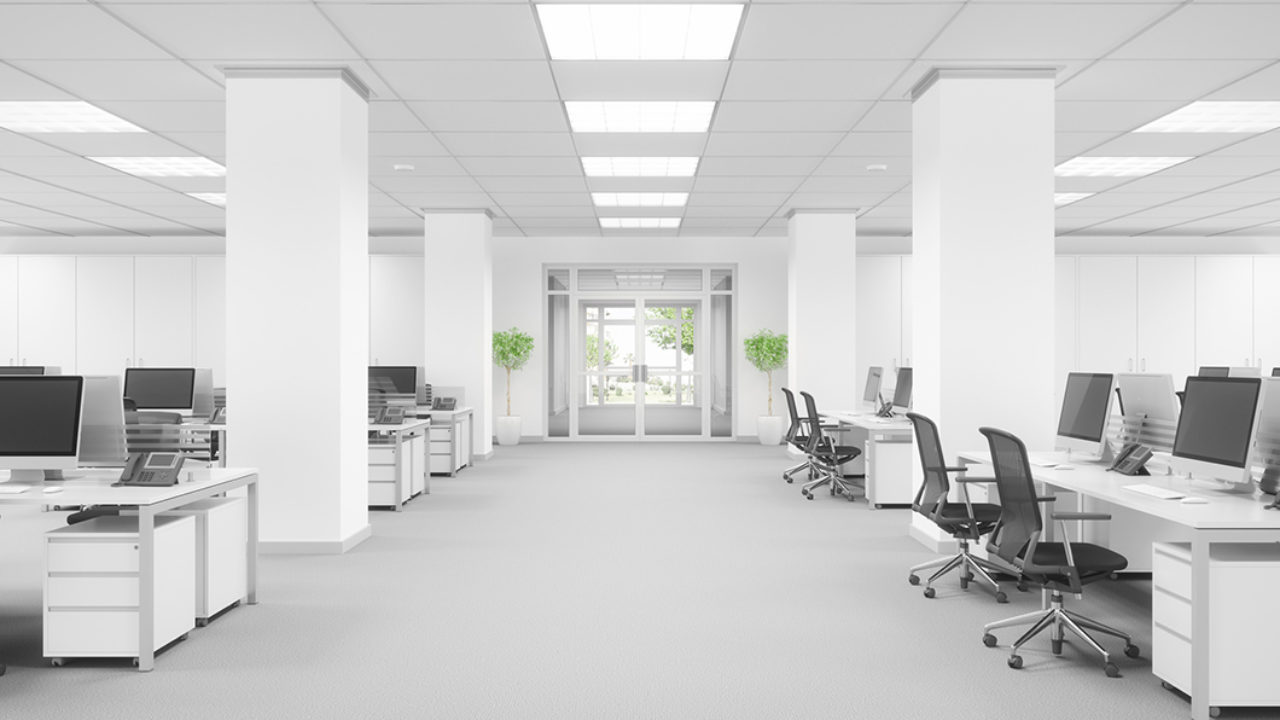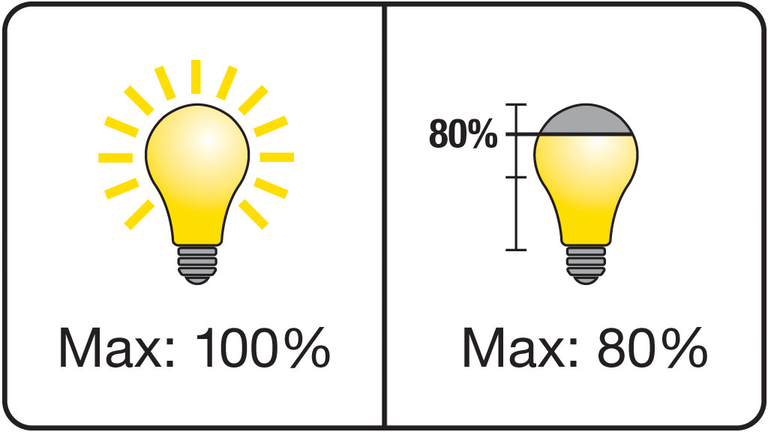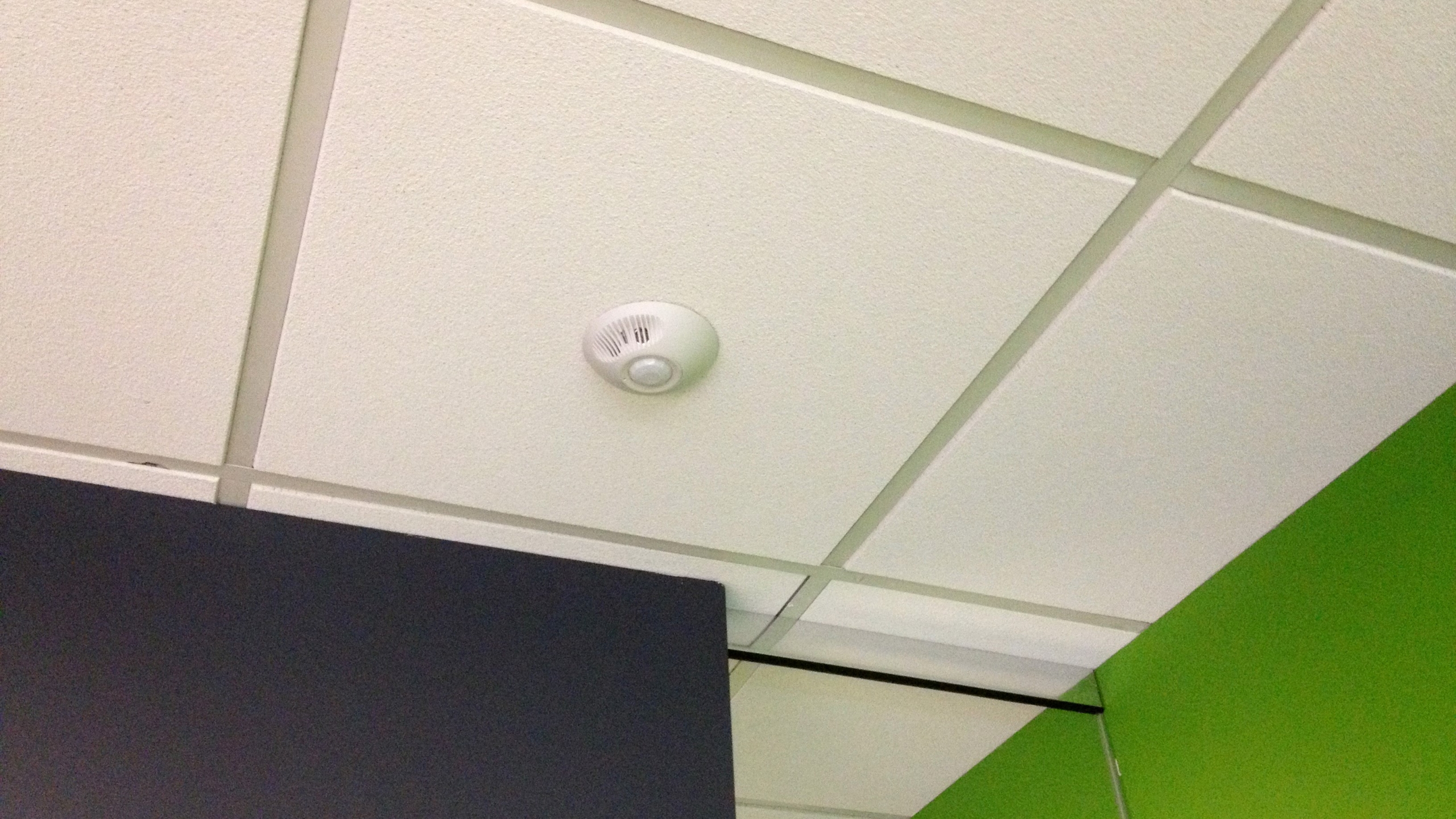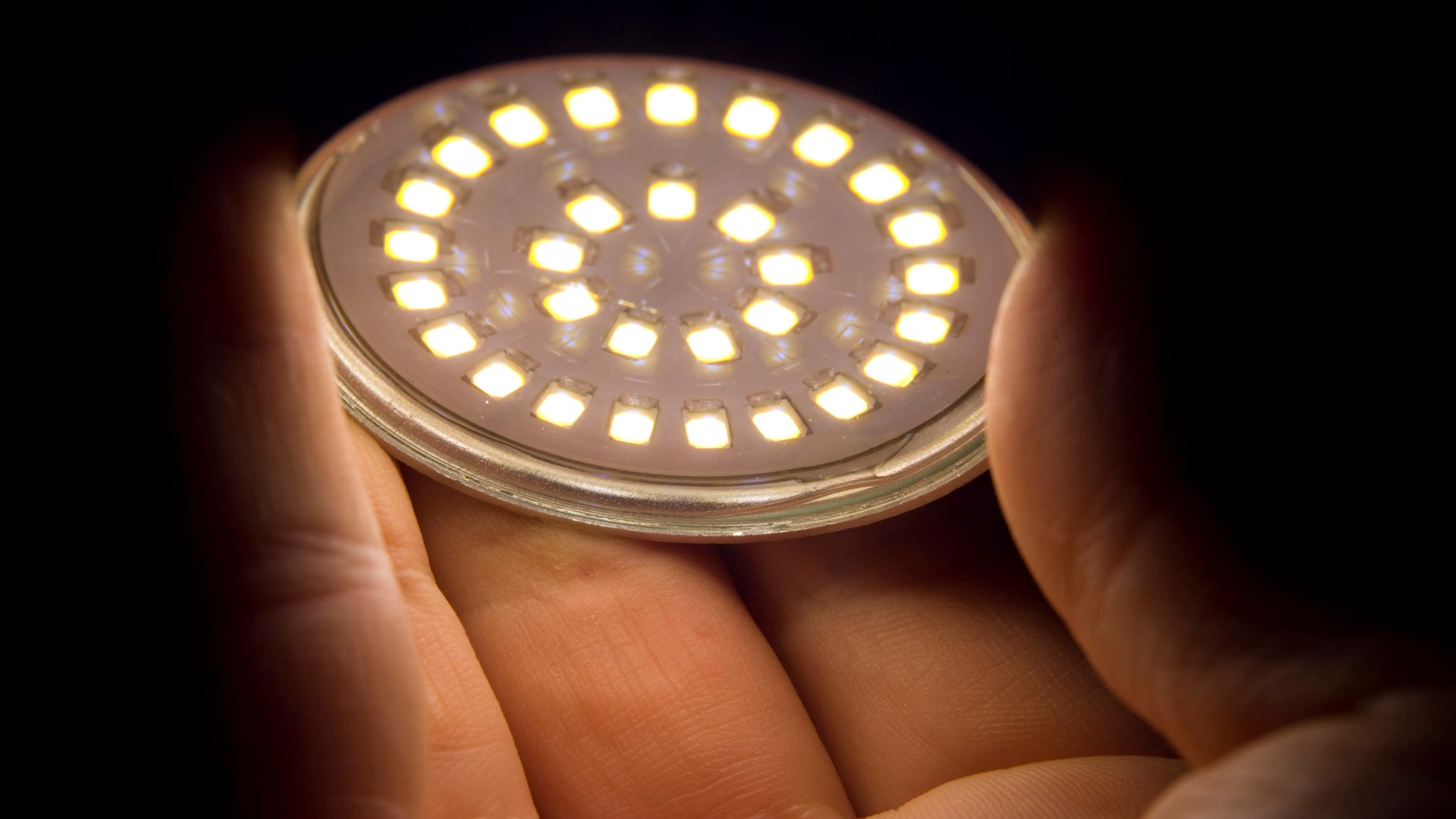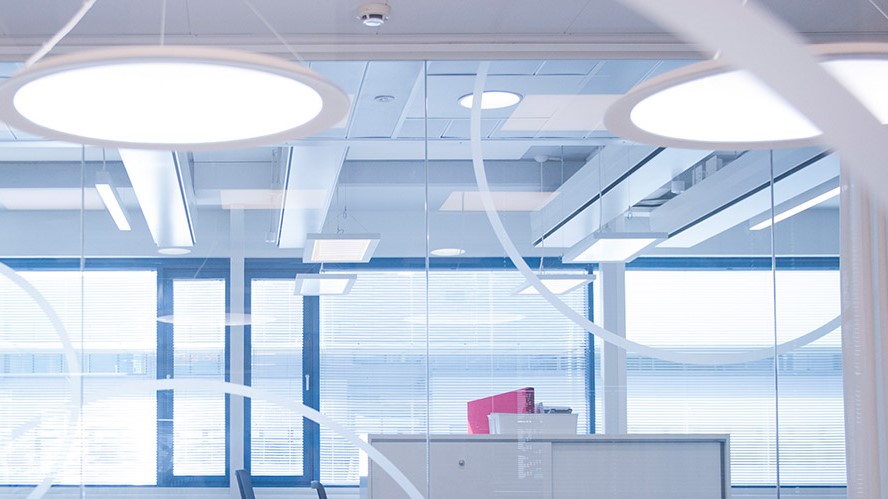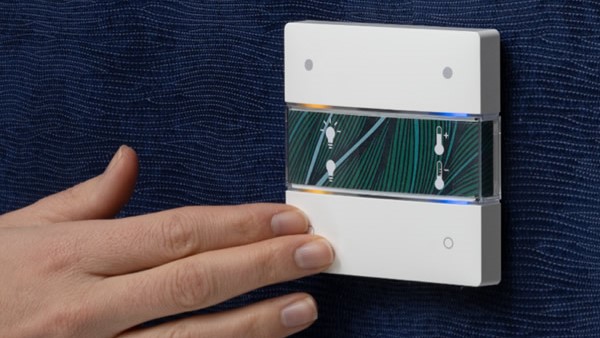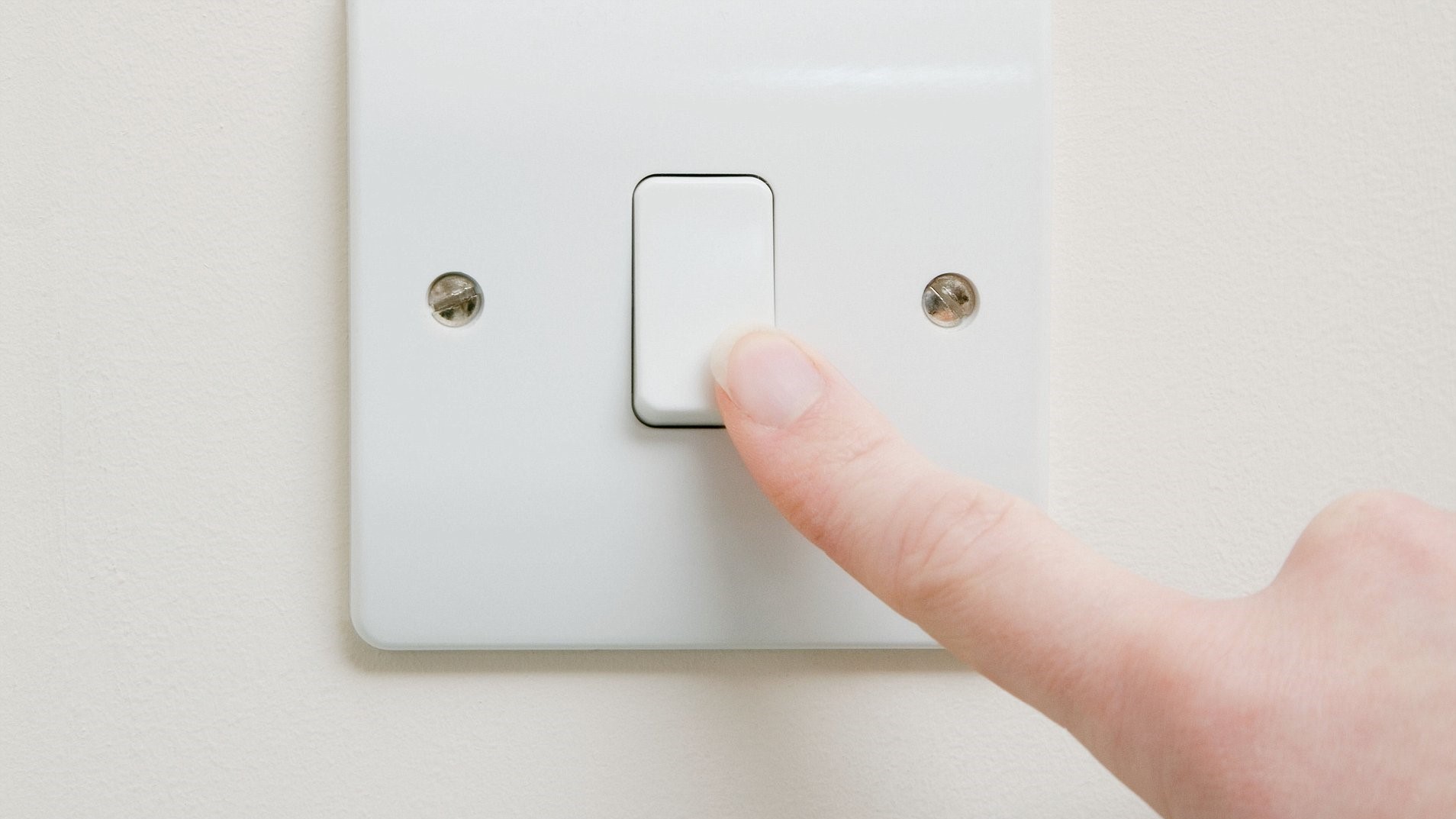Lighting Control Systems – Here’s why they are a must in every office
The right quantity and quality of light in any environment
Smart Lighting control has become a standard for offices in recent years. The market offers a wide range of control systems with different benefits, drawbacks and costs. It can be difficult to decide which approach, or which system, will be most effective in your office.
Lighting Control Save Energy
Energy saving cannot be taken for granted with lighting control systems. In fact, many systems can actually lead to increased energy use by disengaging users from turning on/off the lights themselves. Spend some time thinking about how the system will actually reduce energy use and deliver savings. Is it just about making sure the lights aren’t left on all night?
An energy management experts, knows this is not a major problem for open office areas, so lighting control may not make a big difference. Will the system still leave on lights in large unoccupied areas?
Zonal controls mean that one person working in that zone will keep the entire area lit, potentially the whole office. Energy savings are usually the core justification for investing in lighting control
Lighting Control Cost Effective
Some lighting control systems can deliver huge savings – up to 90% – but cost several times more than other alternatives in the market. If you’re not saving more on lighting than you are spending on lighting control, then your investment isn’t delivering value. Some common offenders in this area are sensors. Motion sensors add significant extra costs, but they provide minimal extra savings unless they are perfectly designed and calibrated.
And it’s not just high-cost systems that can prove to be bad investments. A low cost lighting control system that does not deliver more than a few percent savings can be just as bad of a decision. So do your cost-benefit analyses, make sure the savings numbers make sense to you, and you’ll find your ideal system.
Lighting Control Disruptive
Employees are used to lighting on demand, so when you try to bring lighting under control it can lead to push-back. You need to consider the impact on your office occupants and make sure they’ll find the system acceptable. We have seen cases where employee push-back against motion-sensor control became so strong that the office had to dismantle the system and write off the wasted investment.
It’s important to balance savings with a sense of consistency. A lighting system that constantly turns on and off lights as people move around the office can be distracting and annoying to occupants.
Moreover, recent studies have found that giving occupants personal control over their lighting increases their motivation at work. Outsourcing control purely to a machine can thus lead to frustration and lack of motivation. Make sure your system gives your team direct control over their own workstation lights, or they could sink your investment.
Lighting Control Flexible & Future-Proof
Flexibility of a system determines how much you’re going to pay in the long run, beyond the initial system setup. If you’re not careful, you can end up with hidden costs when you need to modify or upgrade your system in the future. This pushes your payback further and further into the future.
Hard-wired zonal control systems are the worst offenders. Any changes to the lighting layout are extremely expensive due to costly and disruptive re-wiring. Some systems are even so complicated that any changes to the settings must be done by a trained engineer. This traps you between extra costs on the one hand and continuing with non-ideal settings on the other.
Motion sensors can also pose challenges in this regard. Placement and linking of sensors with nearby lights is a difficult art. Any changes to your office setup will require expensive professional advice, sensor relocation, and sensor re-calibration. You need the flexibility to change settings, rezone, and adapt schedules to your changing needs – without the help of an expert.
Dimming Operation
When you plan dimming, consider how long it takes for a lamp to go from its floor dimming level to 80% output. The effective “floor” of dimming for fluorescent lamps is 20% — you won’t see any energy savings below that level. The effective floor of dimming for metal-halide lights is about 50%, because you are effectively restriking the lamp below that level. Be careful where you place your sensors and how you aim them. You want the lights to come on whether a person or a lift truck enters the area, but you don’t want adjacent traffic to cause the lights to dim up and down all day. When you dim lights based on ambient lighting, a time delay on the dim-down will eliminate nuisance dimming.
On/Off Operation
Lighting control systems may seem simple, but on/off operation is an area where many designers create an unworkable lighting scheme. Once metal-halides are shut off, they take several minutes to begin giving off light again after being turned back on. If all of your lamps are metal-halide and you shut them off at night, you’ll wait 15 min for a reasonable level of light when you turn them on the next day. By adding other types of light, as well as dedicating certain fixtures to an “always on” configuration, you can reduce the effect of the restrike time. In planning the layout of your lighting controls, make it obvious which lights should not be shut off, and pay special attention to exit path lighting.
We’d love To Meet You In Person Or Via The Web!
Main Office: Suite M-01, 512, 3rd Street, Abu Dhabi, UAE
Phone: + 971 2 6767019
WhatsApp: + 971 55 3979668
Email: web@OfficePlusUAE.com

